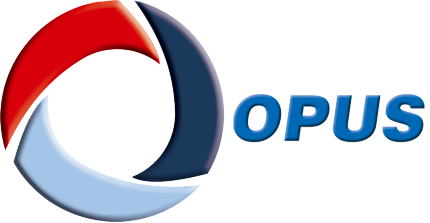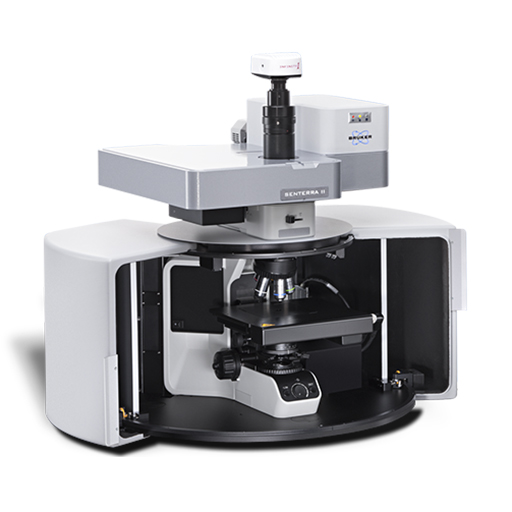
SENTERRA II Raman Microscope
Always Calibrated. Maximum Precision.
Your Raman Microscopy Companion: SENTERRA II
Introduction of the SENTERRA II | Product video
The secret to straightforward Raman micoscopy
Automation is the SENTERRA II’s key feature. It allows the user to concentrate on the essential things: the analytical problem, the Raman measurement and more importantly, the results.
SENTERRA II technical features:
- Fully automated hardware
- One-click switching of 4 built-in lasers
- SureCalTM calibration technology
- Fast 3D Raman imaging
- Automate your own workflows in minutes
- Powerful analysis and identification tools
- FT-Raman for minimized fluorescence in
combination with FTIR instrumentation
- Smooth user experience
- Research-grade performance
- Superb wavenumber precision
- Self-diagnosis and automated OQ/PQ
- Virtually maintenance-free operation
- 100% GMP & 21 CFR p11 compliance
SENTERRA II applications:
- Pharmaceuticals
- Material Science
- Polymers & Plastics
- Environmental
- Forensics
Reproducibility, Precision and User-Safety in Raman Microscopy
THREE MAJOR DESIGN CHOICES
First, the SENTERRA II is fully automated including self-diagnosis and instrument tests like OQ and PQ. Change a laser by a simple mouse-click and afterwards, filter and grating are adjusted automatically.
Second, to use this automation to its full extent, we rethought calibration and created the patented SureCalTM technology. It continuously recalibrates the device and allows permanent sub-wavenumber precision.
Third, it’s about user safety – especially when beginners or students are involved. A class 1 laser housing and interlock always protects the user of any harmful laser radiation.
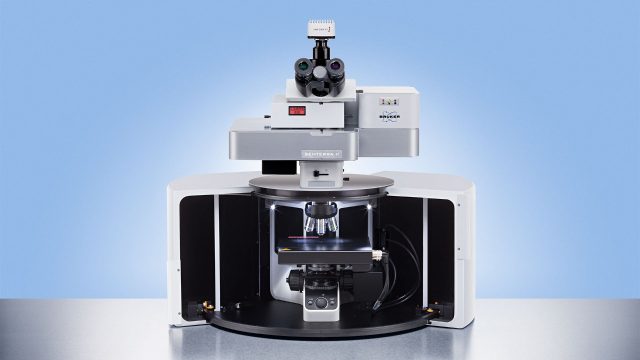
SureCal Continuous Raman Calibration Technology
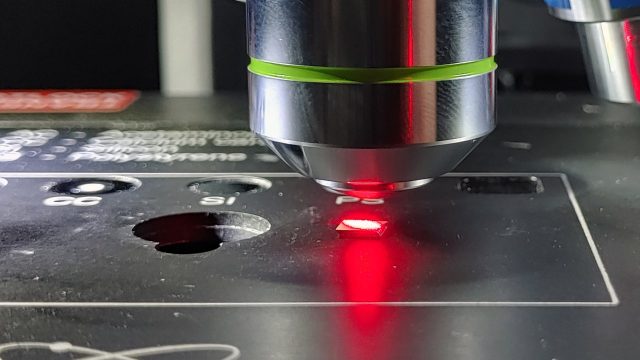
Dedicate your Raman Microscope to Life-Science
Senterra II can also be configured with an inverted microscope without compromising any functionality. The inverted Raman microscope gives open access for sample handling, which is particularly favorable in characterization of live tissue and cells.
Besides cell research, the inverted microscope also brings advantages in researches like in vitro pharmaceutical verification and in situ Raman measurement that requests better access to the microscopic stage.
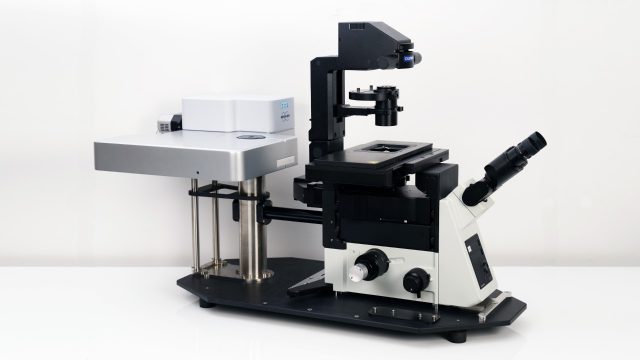
Who it’s for? Everyone!
We developed a powerful Raman microscopy platform for all kinds of applications. Its high degree of automation, compact size and efficient workflow, make the SENTERRA II an ideal tool to solve real world tasks in a quality control laboratory or to discover and pioneer in scientific research.
Choose your µ-Raman Application
Art Conservation and Restoration
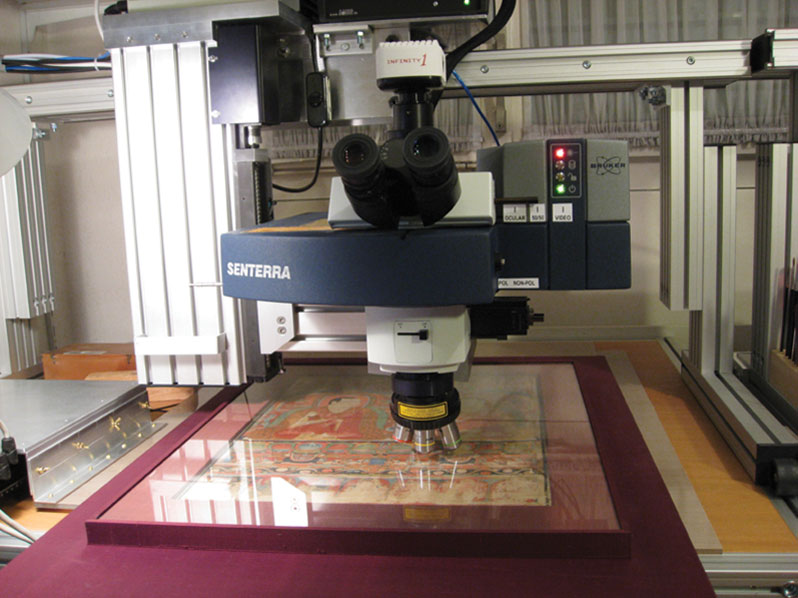
Forensic Science
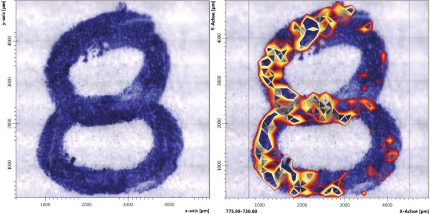
From the examination of potentially counterfeit art objects to varnish analyses in crime labs. Raman microscopy provides precise information about the chemical identity and origin of unknown substances. Due to the high spatial resolution down to the nanometer range, even smallest secrets are uncovered.
Pharmaceuticals
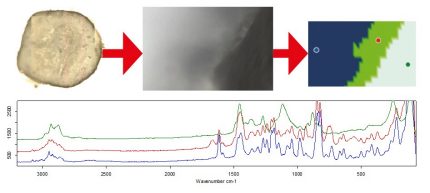
Polymers and Plastics
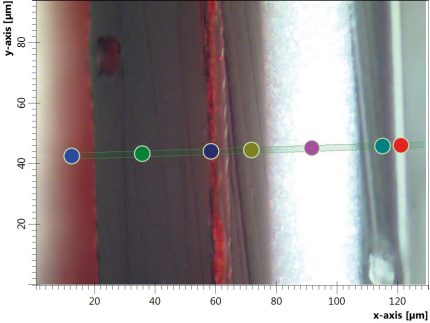
Material Science
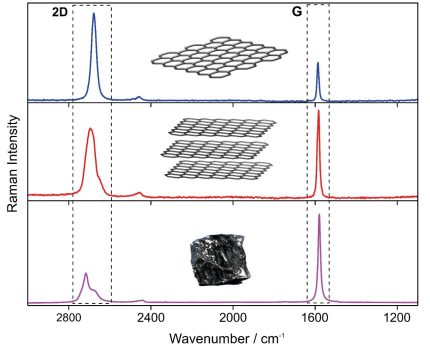
Environmental Studies

SENTERRA II Application Videos
API distribution in a pharmaceutical tablet by Raman microscopy.
OPUS Release 8.7 | SENTERRA II | Q3 2021
Highlight: Python Script Interface implemented into OPUS
In OPUS 8.7 SP1, we have made it easier to use customized data processing and evaluation methods with our new Python environment within OPUS. It opens a door for the users who need special algorithms for the data. The python script can be executed in OPUS right after the Raman measurement. Make the post-processing truly yours and enjoy all the power you can bring to the routine measurements with Python.
Highlight: High Performance Chemical Image Generation by New Adaptive K-means Clustering Function
We also released a new Raman data analysis function Adaptive K-means Clustering. It was created with the help of the build-in Python environment. With this new function, you can generate a chemical imaging directly after the measurement without the need of selecting specific Raman peak at all. The system will sort the spectra into groups automatically and generates Raman images all by itself. For the applications that use a known sample, for instance a pharmaceutical tablet with several APIs, this function can provide the user Raman image immediately and save a lot of time. For the experiments of unknown samples, with the automatic Raman imaging method, users can tell at a glance if the sample is homogeneous or structured chemically.
Other new functions availa on SENTERRA II:
- “Cluster ID” Function for Identification of Classes in 3D Spectral Data
- “Find Particles” function now contains a novel particle detection method
- SENTERRA II now operates under new OVP-X routine
